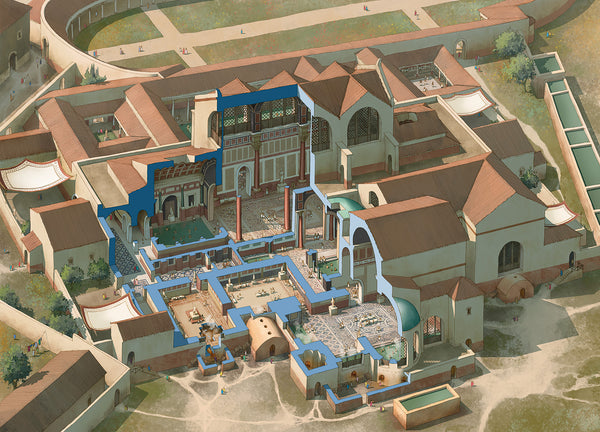To the colors!

With little time for painting I spend my wee free time for research on some of the most colorful subjects of any early modern army: the battle flag.
“Tonight the American flag floats from yonder hill or Molly Stark sleeps a widow!”
― John Stark
The battle flag, more often than not, displayed regimental colors. It was a point of honor to carry the flag. For Continentals, the honor was bestowed on a non-commissioned officer to be carried ‘to the death’.
The evolution of the American flag traveled a tortured journey that paralleled the uneven path trod by the Continental Army. There were innumerable changes, initially incorporating old designs, then jettisoning the past and moving to the novel. The American love affair with flag-diversity is currently reflected by those flown in the 50 states.
Some flags were created by personal decisions, and many approved by the Continental Congress. The process was so haphazard that there never was a congressional resolution to revoke prior flag designs. In theory, any one of the dozens of patterns could still be legally flown.

The first flags adopted by the colonists were symbolic of their struggles with the wilderness of the new land. Beavers, pine trees, rattlesnakes, anchors and various other insignia were affixed to different banners with mottoes such as “Hope”, “Liberty”, “Appeal to Heaven”, or “Don’t Tread on Me.” In the early days of the Revolution, there were colonial and regimental flags by the score.
Little more than two dozen Revolutionary War flags are known to exist in museum and other institutional collections. Most consist only of fragments with scarce historic documentation available.
It is a real challenge to come up with some decent flags for my Camden force. I have found some sources for my North Carolina militia; I will probably add Pulaski’s color to Armand’s command (as remnants of Pulaski’s were added to Armand’s legion), but for my other troops information is non-existent. I really like the way Giles Allison interprets existing information on historical flags to create colors for some of his forces. I may go that way.
Sources:
- Flags - The visual Guide. London. Dorling Kindersley Limited, 1998
- Historical Flags Of Our Ancestors NAVA
- Illustrated Book of Flags. South Water
- Library of congress.
- Martucci, David. Flag Pages
- Robinson, J. Dennis. Unfurling the Flags of John Paul Jones
- Znamierowski, Alfred. The Complete Encyclopedia of International Flags
References:
- American Military History. John Whiteclay Chambers II (ed) New York. Oxford Press. 1999
- American Revolutionary War, A Student Encyclopedia, Volume 1, Gregory Fremont-Barnes, (ed), Santa Barbara. Richard Alan, 2007
- Encyclopedia of the American Revolutionary War. Second Ed. Harold E. Selesky. Farmington, Mi. Thomas Gale, 2006
- Standards and Colors of the American Revolution. Edward W. Richardson

